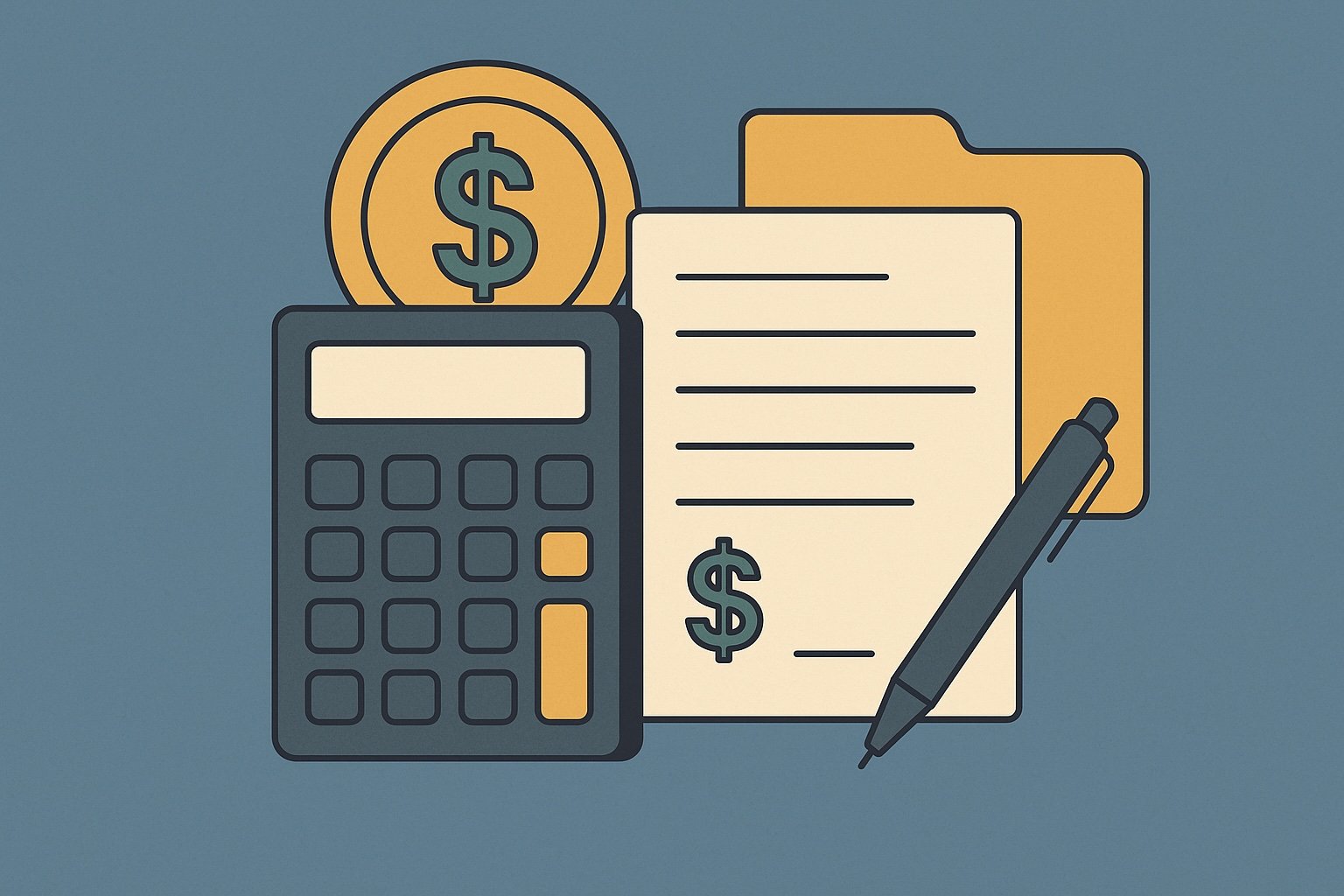Question
ARTE's Answer
When you engage in a partial 1031 exchange, it means that not all of the proceeds from the sale of your relinquished property are reinvested into the replacement property. This can result in a situation where you have to recognize some taxable gain, often referred to as "boot." Reporting a partial 1031 exchange on your tax return involves several steps, and it's important to ensure accuracy to avoid any issues with the IRS.
Step-by-Step Guide to Reporting a Partial 1031 Exchange:
- Identify the Boot: Boot is any non-like-kind property received in the exchange, which can include cash, debt relief, or other non-qualifying property. For example, if you sell a property for $500,000 and only reinvest $450,000 into a new property, the $50,000 difference is considered boot.
- Calculate the Recognized Gain: To determine the gain you must recognize, compare the boot received to the total gain realized on the sale. The recognized gain is the lesser of the boot received or the total gain realized. Example:
- Sale Price of Relinquished Property: $500,000
- Adjusted Basis of Relinquished Property: $300,000
- Boot Received: $50,000
- Total Gain Realized: $500,000 - $300,000 = $200,000
- Recognized Gain: Lesser of $50,000 (boot) or $200,000 (total gain) = $50,000
- Complete IRS Form 8824: Form 8824 is used to report like-kind exchanges. You will need to fill out this form to report the details of your exchange, including the boot received and the recognized gain.
- Part I: Provide information about the relinquished and replacement properties, including dates and values.
- Part II: Calculate the realized and recognized gain. This is where you will report the boot and the recognized gain.
- Part III: If applicable, report any related party exchanges.
- Report the Recognized Gain on Form 1040: The recognized gain from the partial exchange should be reported on your Form 1040. Typically, this gain is reported on Schedule D (Capital Gains and Losses) and Form 8949 (Sales and Other Dispositions of Capital Assets).
- Adjust the Basis of the Replacement Property: The basis of your new property is adjusted based on the deferred gain and any boot received. The formula is:
Adjusted Basis of Replacement Property = Adjusted Basis of Relinquished Property + Gain Recognized + Boot Paid - Boot ReceivedExample:- Adjusted Basis of Relinquished Property: $300,000
- Gain Recognized: $50,000
- Boot Paid: $0
- Boot Received: $50,000
- Adjusted Basis of Replacement Property: $300,000 + $50,000 + $0 - $50,000 = $300,000
At Deferred.com, we act as your qualified intermediary to facilitate the exchange process. By using our "No Fee Exchange" service, you can save money while ensuring compliance with IRS regulations. We handle the transfer of funds and property titles, allowing you to focus on selecting the right replacement property.
If you have any questions or need further assistance with your 1031 exchange, feel free to reach out to us at Deferred.com. Our team is here to help you navigate the complexities of the exchange process and ensure a smooth transaction.
Have more questions? Call us at 866-442-1031 or send an email to support@deferred.com to talk with an exchange officer at Deferred.
Sources
- Rev. Rul. 2002-83 (Related Party Exchanges)
- What To Do About Exchange Expenses in a Section 1031 Exchange? (Article)
- TD 8535 (Like-Kind Exchanges of Real Property-Coordination with Section 453)
- Goolsby v. Commissioner
- TAM 200039005 (Failed Reverse Exchanges)
- Deferring Losses On The Sale of Property Using 1031 Exchanges
- 1.1031(k)–1 (IRS Code of Federal Regulations)
1031 Question? Ask ARTE
Deferred's AI 1031 Research Assistant is trained on 8,000+ pages of US tax law and outperforms human CPAs by 22%+
CHAT NOW
Learn More
See more frequently asked questions about 1031 exchanges








